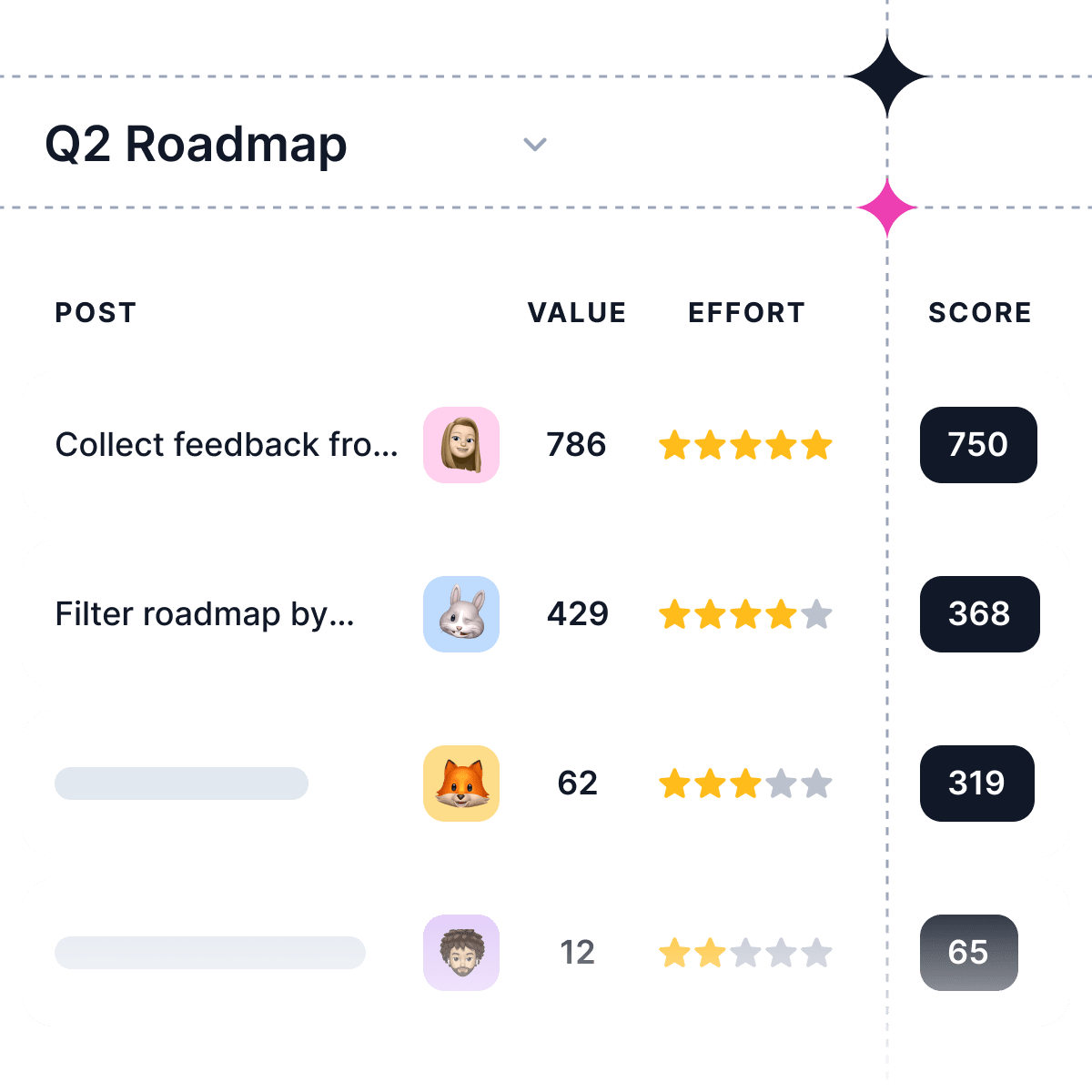Divergent Thinking is a cognitive process that encourages creative problem-solving. In this blog post, we will explore the definition, benefits, characteristics, and applications of Divergent Thinking. We will also discuss four types of Divergent Thinking, compare them to Convergent Thinking, provide examples, and offer strategies for overcoming common barriers.
What is Divergent Thinking?
Divergent Thinking is a mental process in which an individual generates multiple creative solutions to a single problem or question. This process involves exploring various possibilities, brainstorming, and taking unconventional paths to reach novel conclusions.
Divergent thinking encourages individuals to think outside the box and come up with multiple ideas and solutions to a problem. It involves exploring all possibilities and considering different perspectives, without worrying about the feasibility or practicality of the ideas generated.
Examples of Divergent Thinking
Divergent Thinking can be seen in various creative fields, such as:
-
Design: Develop multiple design concepts before selecting the most suitable option.
-
Writing: Generating several story ideas or character concepts before settling on the final narrative.
-
Science: Proposing multiple hypotheses and then testing each to determine the most accurate explanation.
-
Entrepreneurship: Brainstorming various business ideas and strategies to identify the most promising opportunities.
What are the Benefits of Divergent Thinking?
There are several benefits to employing Divergent Thinking, a cognitive process that encourages individuals to explore various possible solutions and ideas. Embracing this way of thinking can lead to:
-
Enhancing Creativity: Divergent thinking encourages individuals to think creatively and come up with unique and innovative ideas. It allows them to break free from conventional thought patterns and explore new possibilities, fostering a more imaginative and inventive mindset.
-
Improving Problem-Solving Skills: Divergent thinking helps individuals approach problems from multiple angles, which can lead to more effective and efficient solutions. By considering a wide range of ideas and perspectives, they are better equipped to identify the most suitable solution to a particular problem.
-
Encouraging Open-mindedness: Divergent thinking encourages individuals to consider different perspectives and be open to new ideas, which can lead to more diverse and inclusive solutions. This openness to various viewpoints allows for a greater understanding of different cultures, values, and beliefs, fostering a more empathetic and tolerant society.
-
Boosting Self-Confidence: Divergent thinking helps individuals build self-confidence by encouraging them to trust their ideas and think independently. By valuing their own unique perspectives and contributions, they develop a stronger sense of self-worth and are more likely to take risks and challenge themselves in new ways.
Incorporating divergent thinking into your daily life can lead to a more creative, open-minded, and confident approach to problem-solving and decision-making.
What are the Characteristics of Divergent Thinking?
Divergent thinking is a cognitive process that fosters creative problem-solving and idea generation by exploring multiple possible solutions. Some key characteristics of divergent thinking include:
Flexibility
Divergent thinkers are open to different ideas, perspectives, and approaches. They are willing to change their opinions or strategies based on new information or insights. This adaptability allows them to navigate complex situations and embrace the unknown.
Non-linear thinking
Divergent thinkers do not rely solely on a step-by-step approach. Instead, they explore various paths and connections to arrive at unique solutions. Their thought process often involves making leaps, drawing on seemingly unrelated concepts, and identifying patterns that might not be immediately apparent.
Curiosity
A strong sense of curiosity drives divergent thinkers to seek out new information, ask questions, and explore alternative possibilities. They are constantly looking for ways to expand their knowledge and understanding, which can lead to innovative ideas and breakthroughs.
Risk-taking
Divergent thinkers are willing to take risks and experiment with unconventional ideas, even if they might fail. They understand that failure can be a valuable learning experience that leads to growth and ultimately, success. This willingness to embrace uncertainty and learn from mistakes is a key component of their creative process.
Tolerance for ambiguity
Divergent thinkers are comfortable with ambiguity and uncertainty. They do not need to have all the answers or a clear path forward before taking action. Instead, they are able to sit with the unknown and allow their ideas to evolve over time.
By cultivating these characteristics, individuals can unlock their creative potential and develop innovative solutions to complex problems.
How to Apply Divergent Thinking?
To apply Divergent Thinking, follow these steps:
-
Identify the problem or question: Clearly define the issue you're trying to solve or the question you want to answer. Be specific and concise in your description.
-
Brainstorm multiple solutions or approaches: Start generating as many ideas as possible, without limiting yourself to conventional ideas. Embrace wild, out-of-the-box concepts that might seem unrealistic at first. Encourage input from others and be open to different perspectives. Remember, the goal is to explore a wide range of possibilities.
-
Organize and categorize your ideas: Once you've generated a substantial list of ideas, group them into categories based on their similarities. This will help you see patterns and connections between different solutions, making it easier to evaluate their potential effectiveness.
-
Evaluate the potential effectiveness of each solution: Assess each idea based on its feasibility, desirability, and viability. Consider the resources required, potential impact, and any possible obstacles. Be open to refining or combining ideas to create even more effective solutions.
-
Select the best solution or combination of solutions: After evaluating all the options, choose the most promising solution or combination of solutions. This may involve selecting one main idea, with several supporting ideas that complement it.
-
Implement your chosen solution(s): Put your chosen solution(s) into action, and monitor the results. Be prepared to make adjustments as necessary and learn from any challenges or setbacks you encounter.
By following these steps, you'll be able to harness the power of Divergent Thinking and unlock your creative potential to solve problems and generate innovative ideas.
What are the 4 Types of Divergent Thinking?
There are four main types of divergent thinking that can help you unleash your creative potential:
-
Fluency: Fluency is the ability to generate a large number of ideas in a short amount of time. This type of divergent thinking involves brainstorming and generating as many ideas as possible without evaluating their feasibility or practicality.
-
Flexibility: Flexibility is the ability to generate ideas from different perspectives and viewpoints. This type of divergent thinking involves considering different angles and exploring various possibilities.
-
Originality: Originality is the ability to generate unique and innovative ideas. This type of divergent thinking involves breaking away from conventional thinking patterns and exploring new approaches.
-
Elaboration: Elaboration is the ability to expand on existing ideas and develop them further. This type of divergent thinking involves building on initial concepts and exploring potential implications or applications.
By understanding and developing these four types of divergent thinking, you can unlock your creative potential and become a more effective problem solver in both your personal and professional life.
What's the difference between divergent vs. convergent thinking?
Convergent thinking is a type of problem-solving technique that involves narrowing down ideas and focusing on a single solution. It is the process of analyzing and evaluating different options to find the best one. Convergent thinking is commonly used in situations where there is a clear goal or objective, such as in decision-making processes.
On the other hand, divergent thinking is a creative problem-solving technique that involves generating multiple solutions to a problem or idea. It is the process of exploring various possibilities and ideas without limiting oneself to a specific approach or solution. Divergent thinking is commonly used in situations where there are no clear goals or objectives, such as in brainstorming sessions.
While convergent thinking focuses on finding the best solution among limited options, divergent thinking encourages individuals to think outside the box and come up with multiple ideas and solutions to a problem. Both types of thinking have their advantages and disadvantages, and they can be used together in different stages of problem-solving processes.
Convergent thinking involves narrowing down options to find the best solution, while divergent thinking involves exploring multiple possibilities without limiting oneself to a specific approach or solution. Understanding these two types of thinking can help individuals enhance their problem-solving skills and approach problems from multiple angles.
What are Different Strategies for Overcoming Common Barriers to Divergent Thinking?
While divergent thinking can be an incredibly effective problem-solving technique, there are several common barriers that can prevent individuals from fully embracing this approach. These barriers include fear of failure, lack of confidence, and a tendency to stick with familiar patterns of thinking.
Here are some strategies for overcoming common barriers and unlocking the full potential of divergent thinking:
-
Embrace Failure: Fear of failure is one of the most common barriers to divergent thinking. To overcome this fear, it's important to reframe failure as an opportunity for growth and learning. Instead of seeing failure as a negative outcome, view it as a necessary step on the path to success. By embracing failure and using it as a learning experience, individuals can become more comfortable taking risks and exploring new ideas.
-
Build Confidence: Lack of confidence can also be a barrier to divergent thinking. To build confidence in your ability to generate creative ideas, start by setting small goals and celebrating your successes along the way. Practice generating ideas in low-stakes situations before tackling more complex challenges. Additionally, surround yourself with supportive people who encourage you to take risks and think creatively.
-
Challenge Assumptions: One common barrier to divergent thinking is a tendency to rely on familiar patterns of thinking or assumptions about what is possible or feasible. To overcome this barrier, challenge your assumptions by asking questions such as "What if?" or "Why not?" Consider different perspectives and explore possibilities that may seem unconventional or unlikely.
-
Take Breaks: Sometimes our brains need time to recharge before we can generate new ideas or perspectives effectively. Taking breaks throughout the day can help you stay fresh and engaged in your work while reducing mental fatigue.
By applying these strategies, individuals can overcome common barriers to divergent thinking and unlock their full creative potential when approaching problems from multiple angles and generating more effective solutions.
Conclusion
Divergent thinking is an essential skill for anyone looking to enhance their creativity, problem-solving skills, and self-confidence. By exploring all possibilities and considering different perspectives without limiting oneself to a specific approach or solution, individuals can generate unique and innovative ideas that may not have been considered otherwise. Whether it's brainstorming for creative solutions, developing new products, or addressing complex social issues, divergent thinking can lead to more effective and efficient solutions.
In conclusion, divergent thinking is a valuable tool that should be incorporated into our daily lives. By embracing open-mindedness, curiosity, creativity, flexibility, risk-taking, and non-judgmental attitudes in our problem-solving processes, we can become more effective thinkers and generate more innovative solutions. With the right strategies and techniques at our disposal – such as brainstorming, mind mapping, random word association, and role-playing – we can apply divergent thinking in various contexts to achieve success both personally and professionally.


